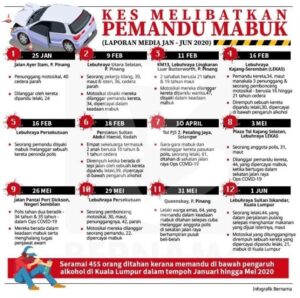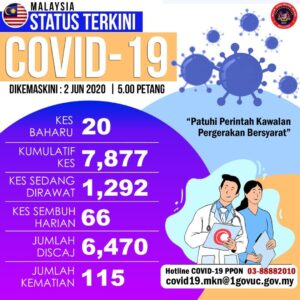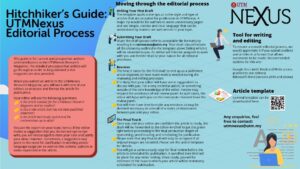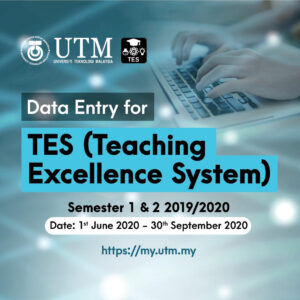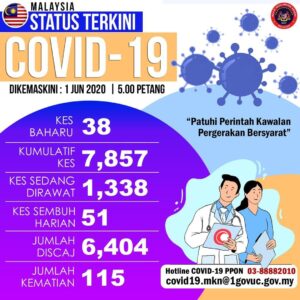Social responsibility: We play our own part (small or big? It does not matter)
When I was young back in the 90s, one of my comic magazines is Ujang which was a big hit circa 1994. But due to lack of financial budget, I never subscribed or bought the comic on monthly basis but rather borrowed from those who had it. I am such a cheapo, right? I admit that. But I remember it well, somewhere in 1996, Ujang came to Pelangi Leisure Mall (I worked at MPH at that time while waiting for my SPM results). I bought a bandana (I lost it now).
Somewhere in the late 90s, there was this controversy that somehow affected the comic badly. But I remember well one of the cartoonists, Sireh (Lawak Student). Well, I was a teenager at that time and somehow the cartoon characters and story line resonate with teenage life. Years passed by and I am no longer a big fan of any comics (it does show how age is catching up).
But I vividly remember that what I like about Ujang (and the cartoon characters that the other cartoonists created) is the variety of social issues that happen in day to day life depicted in the story line of the characters. It could be related to teenagers life, university students (young adult) or mak cik or pak cik at villages. The social drama is translated into comical descriptions without losing the seriousness of social issues that is being highlighted and emphasized. This can be exemplified by one of the cartoon strips by Sireh. It is hard-breaking yet it depicts the real issue that we are facing right now.
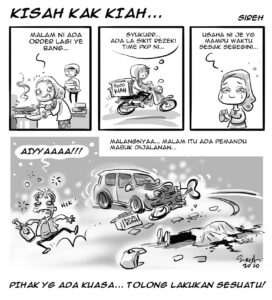
COVID-19: Update 2 June 2020 (Tuesday) – Day 80 MCO
UTMNEXUS IS CALLING FOR ARTICLES – AUGUST 2020 ISSUE [Deadline: 30 June 2020 (Tuesday) 12.00 pm]
TES is now open again
COVID-19: Update (1 June 2020/ Monday)
How to inform parents about their children performance?
There are many ways that teachers can do to inform parents about their children academic performance. When I did my Latihan Ikhtisas, one of the ways that I did was to use Quizziz and send the report to parents. This method does work to let the students know that we (teachers) always keep in touch with their parents and let them about their progress.
A week after I sent the email, one of the students told me this “Teacher, mak saya kata saya tak boleh tengok TV kalau tak baca buku. Mak saya kata teacher hantar email ke dia ya beritahu pasal kuiz yang saya jawab?” [Translated: Teacher, my mom told me that I cannot watch TV if I don’t read books. She also told me that you sent an email about the quiz that I took]. I looked directly at him and said “So, what should you do now? Will you answer the quiz seriously next time?” He sheepishly replied “Saya akan ikut cakap mak saya dan saya tak akan main-main bila jawab kuiz” [Translated: I will follow what my mom said and I will not play around while answering the quiz].
Which is which? Quizziz or Kahoot! or Socrative or Quizlet or ……
I don’t have any preference when it comes to game based learning platforms. I just like anything that I can get and use for FREE. One of my students asked me which of the following are the best game based learning platforms: Quizziz, Kahoot!, Socrative or Quizlet and so forth.
Personally, since I am a bit slow in learning new thing especially related to technology, I would just stick to one platform and only move on to the other platform AFTER I have really master it. So for the time being, even though I have created an account for Quizziz, Kahoot! and others, but basically I am comfortable to use Quizziz and thus, I use it often than the other.
For Kahoot!, with the current situation i.e. COVID-19 pandemic, it offers for the new user PREMIUM feature for free. Yup. But for those who have already an account, you have to pay for the PREMIUM feature. I don’t know how long the offer might last though.

For Quizlet, it has this flashcard feature. It might be suitable for mix-and-match activity and such. In my case, it is not that suitable for UG or PG courses. But I still recommend it to my students who will teach school kids in the future.
For Socrative, it is similar like Kahoot!. It is not free though for special or premium features. It is free for 50 students per room with limited other features. Somewhere in March 2020, its CEO declared that teachers can use Showbie and Socrative for free until the end of July 2020. But it caused sudden consumption traffic and overwhelmed the system. So, it is reverted to the original plan rather than unlimited access to their platform. 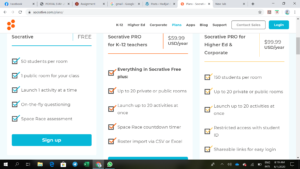
For Quizziz, it is still FREE. It has new features that I like (but still learning to get used to it). So for now, I will stick to what I am currently using.
COVID-19: Gamification or game based learning platform
I am familiar with some platforms like Quizziz and Kahoot!. Based on my experience of using either one of the platforms, students find it interesting and enjoyable while taking a graded quiz. One of my students said that Quizziz has memes that make him feel less stressful and in fact he enjoy the process of taking a quiz.
Normally, taking a quiz can cause one to feel anxious. It might be due to the way we perceive a test/ exam as challenging and thus, it makes us feel uncomfortable, stress or anxious. In a severe cases, some students might experience debilitating test anxiety that could impair their performance.
But how can we make it (taking a test/ exam etc.) less stressful for students?
There are so many ways that we can do to help students overcoming and managing their stress and anxiety but I believe one of the ways is to “change” the way it is being perceived. So using a platform like Quizziz or Kahoot! that incorporate the element of gaming (there are sound, memes and such) can make a quiz less threatening because it does not have the conventional feature – serious looking format.
